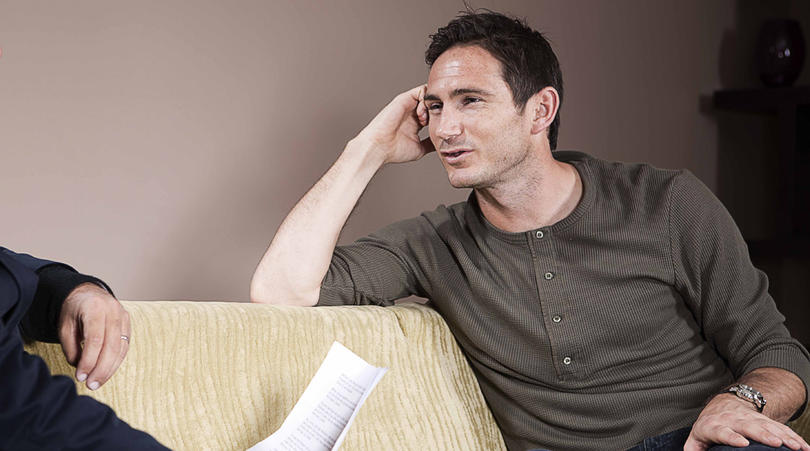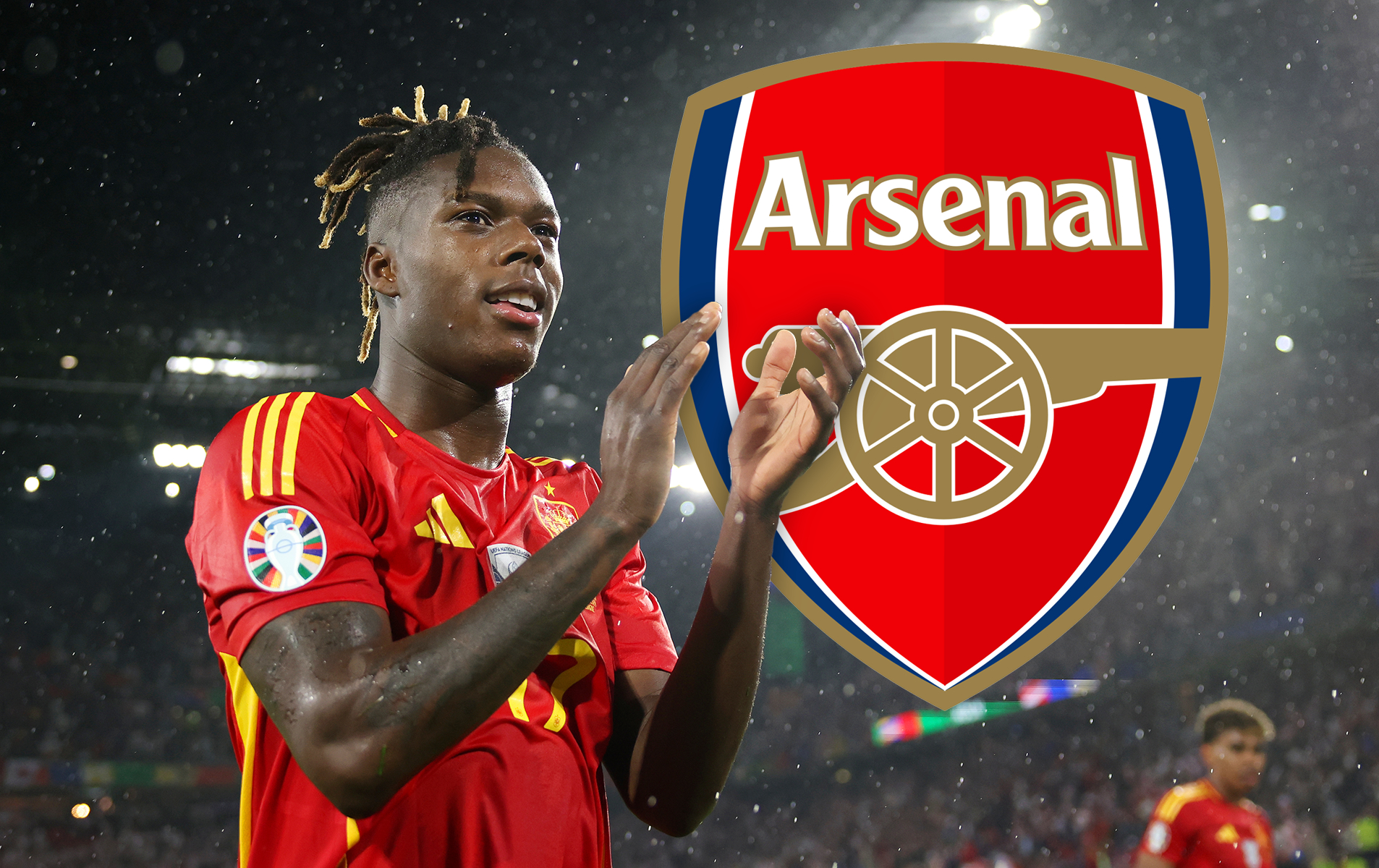How important really is the 12th man? Players and experts reveal all...
You’ll hear the fans credited as the inspiration for almost every big win, but can a vociferous home support actually change the course of a match?
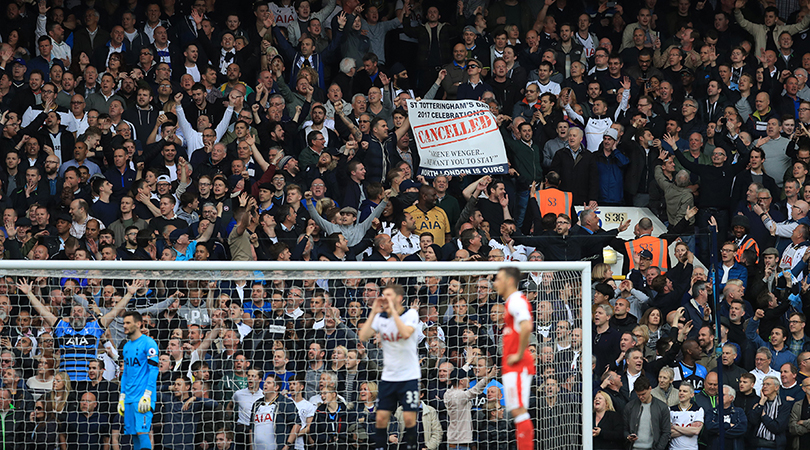
Ask any footballer about the difference between a narrow victory and a drab draw and they’ll give you the same answer. “The fans – different class,” you’ll hear. “They carried us through. We couldn’t have done it without them.”
Much is made of home advantage in professional football. Yet pitch sizes are now standardised, with only marginal variations allowed, while surfaces have improved to such a degree that the ploughed potato fields of yesteryear are permanently consigned to history. Meanwhile, executive modern travel has turned away trips into a comfortable sojourn, the longest of which at elite level are completed a day in advance to ensure players are fully rested.
The influence of a boisterous, partisan crowd, then, is the last bastion of home advantage. Or is it?
Advantage eroding?
Home advantage might be waning, but most statisticians agree it still means roughly 0.3 of a goal and up to half a point a game per season
Home wins have actually been on the decline ever since English league football first kicked off back in 1888. At the turn of the 20th century, home teams won around 60 per cent of their games; now the figure is closer to 40% on the whole. This season in the Premier League, hosts have won 49% of the time.
With domestic home crowds increasingly prone to groans, boos and murmurings of discontent even before half-time, what difference do fans actually make in the modern game? With the playing field as level as it has ever been for away teams, could the 12th man sucking the ball into the home goal become a thing of the past?
Home advantage might be waning, but most statisticians agree it still means roughly 0.3 of a goal and up to half a point a game per season. The familiarity and the inspiration to win at home still should not be underestimated.
Get FourFourTwo Newsletter
The best features, fun and footballing quizzes, straight to your inbox every week.
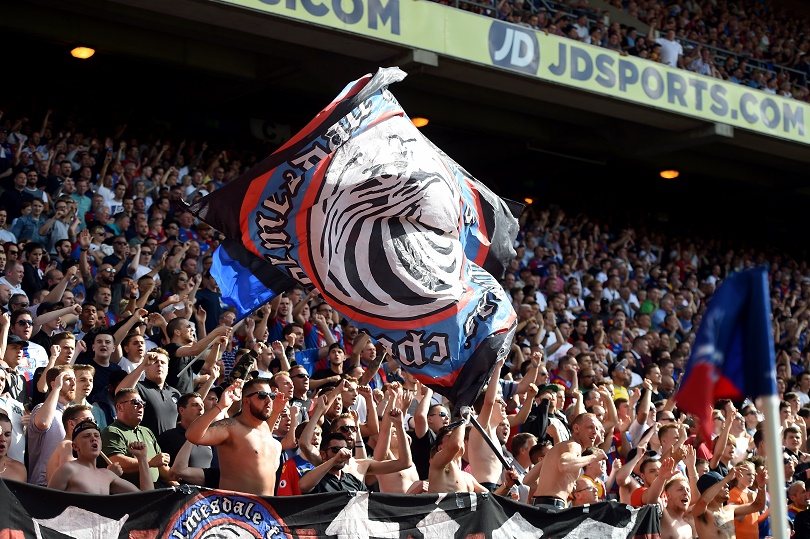
Science backs up theory. A study by the University of Wisconsin-Madison in the USA measured ‘androgen receptors’ – the brain’s receiving centres for testosterone – after rigging four tasks for male mice to win. They found the receptors were boosted in the brain’s reward and motivation network after each victory, but positively blossomed when those wins came on their home territory as part of a group. In short, mammals are genetically programmed to feel more pumped up by success on their own patch.
“Psychologically, you know there are lots of people in that tight space supporting you,” sports psychologist Tom Bates tells FFT. “The more players are aware of this, the more they’re likely to play their best. They want to live up to expectations.”
Atmosphere effect
Former Liverpool defender and vice-captain Jamie Carragher believes the home crowd’s influence can even extend to before kick-off
This feeling of being watched, however, comes more from a subconscious level once a match gets under way. “Fans come into their own during a break in play, like a set-piece, just after a promising attack or at the beginning of a half,” says Bates. “Less than 30 per cent of players are even aware of what their coaches are telling them on a matchday because they’re so focused on the game.
“These breaks are the time to engage the fans to exploit your momentum. A wave can go a long way. Interestingly, the players who do that the most are often the ones who are most in need of that kind of support and are more eccentric emotionally.”
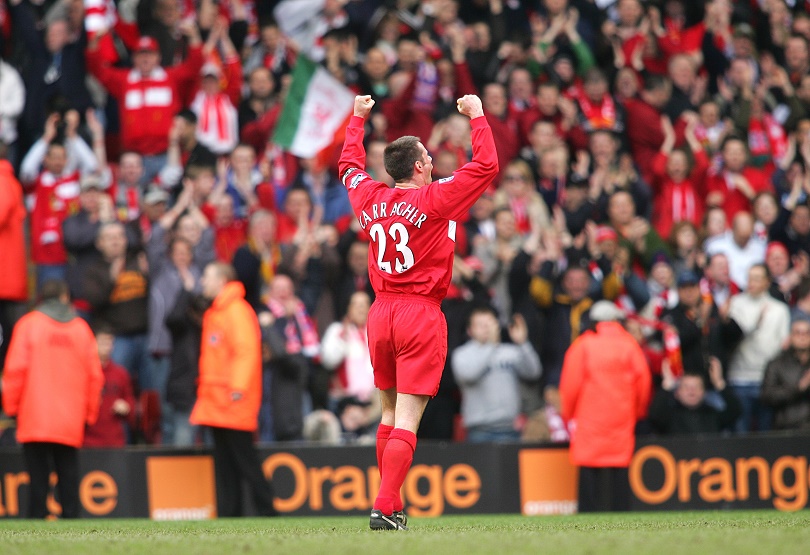
Former Liverpool defender and vice-captain Jamie Carragher believes the home crowd’s influence can even extend to before kick-off.
“You might even get the biggest boost from the crowd during the warm-up,” he tells FFT. “If the stadium is full and the atmosphere is building, you know it’ll help. There’s no doubt it has an effect. If the atmosphere is great and then you get an early goal, you can really build up a head of steam, a 10 per cent lift.
“It affects the opposition and the referee, too. I remember Joe Cole telling me that he just couldn’t concentrate in either Champions League semi-final Chelsea played at Anfield in 2005 and 2007 because the crowd was so crazy. It affected them negatively, as much as it did us positively. Chelsea were a much better side than us back then, but the noise became a leveller. It was frantic and that can sometimes knock teams off their stride.”
Influencing referees
A 2007 study in the Journal of Sports Sciences by Ryan, Adam and Mark Boyko found that home teams have received half as many yellow and red cards, and been awarded 50 per cent more penalties in Premier League history
Nowhere has the 12th man seemingly inspired a team to play above itself more than at Stoke City’s Britannia Stadium, the only football ground in Premier League history to exceed 100 decibels.
“Each game – especially in our first Premier League season [2008/09] – had the feel of a cup final,” former Stoke striker Mamady Sidibe tells FFT. That year, the newly promoted Potters lost only four games at the Britannia to finish 12th. Without such form, relegation would have been a near certainty (they took just 10 points on the road). “You literally couldn’t hear your team-mates shouting two yards away from you,” Sidibe explains. “There was a real intimidation factor.
“I’ll always remember our first home game against Aston Villa in August 2008; we won 3-2 and I got the winner in stoppage time. The fans’ role in getting that result shouldn't be underestimated. They made us believe and we wanted to get the win for them. The whole place went mad when I scored.”
Yet a febrile home atmosphere is about more than just inspiring a team against better-equipped opponents. Increasingly, sports science is turning its gaze to referees and how a home crowd can influence match officials. A 2007 study in the Journal of Sports Sciences by Ryan, Adam and Mark Boyko found that home teams have received half as many yellow and red cards, and been awarded 50 per cent more penalties in Premier League history.
Although it’s easy to dismiss certain anomalies – away teams rarely won penalties at Old Trafford throughout the ’90s and early 2000s because Manchester United were usually the best team in the country, meaning opponents rarely got into their box, and not because of referee bias – studies suggest a general nudge towards home sides.
The most frequently referenced report comes from a study where 40 officials re-refereed a recording of Liverpool’s 1-0 home defeat by Leicester in 1999, half watching with the sound of the crowd, the remainder viewing a silent version. The referees watching with sound gave more decisions to the home team – if not necessarily penalising the away side – coinciding with those given on the day. The researchers concluded that referees subconsciously avoid calls against home sides to shield themselves from excessive stress.
“I can only speak for myself, but I never, ever felt I was influenced by the crowd. But subconsciously, who knows?” said former Premier League referee Jeff Winter at the time. If anything, Winter revealed, it had the opposite effect on him.
“If, as a referee, you walk out to a hostile crowd, especially if you’ve got history with the club, by human nature you’re not exactly going to bend over backwards to help them. Poor little Bolton Wanderers will get the 50-50 [decisions] because the nasty Manchester United fans are singing songs about me.”
Jose Mourinho, with his conspiracy theory about referees not giving things to his teams, might feel Winter has a point.
The White Wall?
Lee says the project’s acoustics are about the pay-off between reverberation times (how quickly noise bounces off the stadium’s roof) and the clarity with which a chant reaches the opposite end of the ground
This more scientific approach to the 12th-man effect has resulted in a hitherto unexpected change of direction since the turn of the century. Such is the effect a home crowd can have on a game’s outcome, acoustics are becoming every bit as important in stadium design as the pitch, the number of toilets and the shiny corporate hospitality suites. Indeed, Spurs’ new stadium, due to open in 2018/19, is expected to be the loudest in the country.
“That’s the aim, at least,” Christopher Lee, senior principal for architects Populous, tells FFT. “The project is totally engineered towards creating the best possible atmosphere. It’s almost like a bit of art to provide the best for the supporters, so they in turn can create the biggest possible noise. We’ve spent literally years eking millimetres off the outer bowl so it can be as tight to the pitch, and the fans feel as close to the game, as possible.”
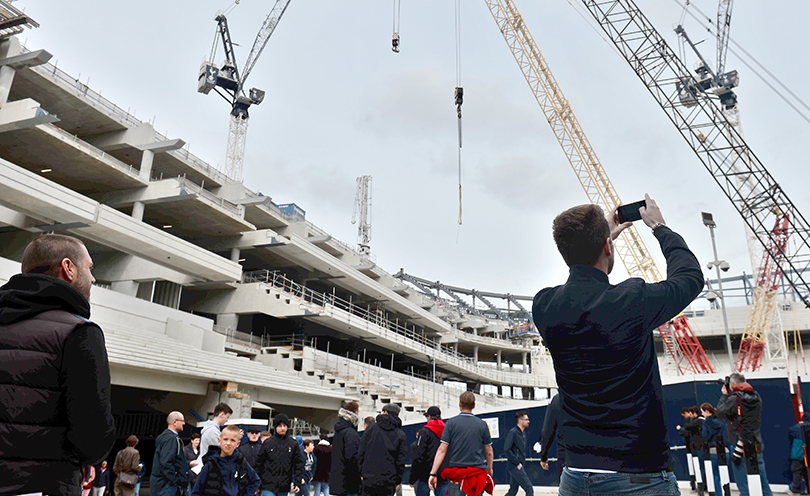
Lee says the project’s acoustics are about the pay-off between reverberation times (how quickly noise bounces off the stadium’s roof) and the clarity with which a chant reaches the opposite end of the ground.
“We’ve worked with U2’s sound engineers to tweak roof designs and trap the noise and intensity inside the stadium,” he says. “This is crucial to concert venues.”
Most crucial of all for Spurs, however, is the 17,000-seat single-tier south stand, complete with 35-degree gradient at the back, which will become the stadium’s focal point.
“We want that stand to be the ground’s engine, driving both the atmosphere and the players’ performance,” says Lee. “Single-tier stands keep reverberation times high, so the songs carry on for longer because everyone stays in sync for longer. When a chant sounds like it’s coming from three different parts, fans will stop singing because it gets confusing. This makes it seem like the chant gets louder.
“I worked on the Emirates Stadium design, too, and in the early discussions with Arsene Wenger, we thought he’d be most interested in changing rooms and general layouts. But the thing that bothered him was the bowl, and the atmosphere that would be created. He talked about the intimidation, which he said was crucial to the team’s ability to succeed.”
New ground issues
Although it’s easy to blame the Arsenal atmosphere, or lack thereof, on the 2006 move from Highbury to the Emirates, this has become convenient shorthand for a much wider malaise
Single-tier structures are in vogue, thanks to Borussia Dortmund’s Yellow Wall – which was part-inspiration for Spurs’ new south stand – and Liverpool’s Kop. These stands produce another layer of intimidation for the opposition.
“It’s a psychological thing – the Kop could suck a goal in,” Carragher tells FFT. “As a player you did have a bit more belief going towards the Kop. At the same time, when you are defending the Kop, it pushes you on.
“It was the same away from home. At Manchester United, defending the Stretford End was good because you knew they wanted to score in front of those supporters, so you doubled your efforts. It’s something that probably shouldn’t make much of a difference, but I think it does.”
What Spurs will be hoping to avoid when they move from White Hart Lane, the club’s home since 1899, are the 12th-man problems that have so plagued their neighbours at the other end of the Seven Sisters Road. Although it’s easy to blame the Arsenal atmosphere – or lack thereof – on the 2006 move from Highbury to the Emirates, this has become convenient shorthand for a much wider malaise.
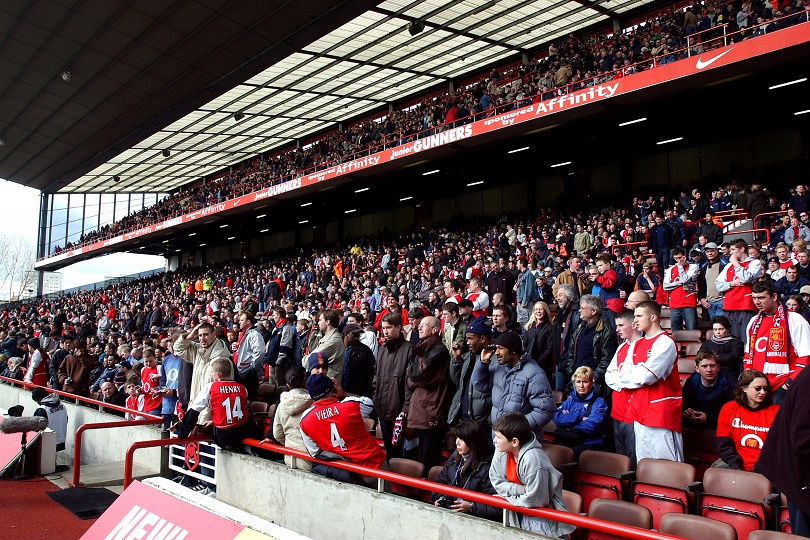
“I don’t look at the past with rose-tinted glasses – it was called ‘Highbury the Library’ for a reason,” Raymond Herlihy of Arsenal fan group RedAction tells FFT. Set up in 2003 to help foster a new 12th-man dynamic with the club’s help, RedAction has become the Emirates Stadium’s singing section.
“Initially we were concerned [about the move], but the noise was brilliant. The club were really good and put all the vocal fans together in the new ground. It definitely made a difference to the atmosphere.
“Now that impact has diminished and sometimes we get stick, but there are 40,000 season ticket holders who sit in silence every week. People were leaving 10 minutes before the end to miss the rush on the Tube when we were beating Manchester United 3-0 in October. The players should have been lauded off the pitch after our best result in years; instead the ground was only half full.
“The club can only do so much. It’s a chicken-and-egg situation – there’s only noise when we’re winning. The crowd turns pretty quickly after a slow start and it transmits nervousness to the players, who become less likely to take the risks needed to score.
“The cost of a ticket undoubtedly doesn’t help,” he adds. “We don’t have a divine right to win, but we do have a right to compete because we have to pay so much to go through the gate.”
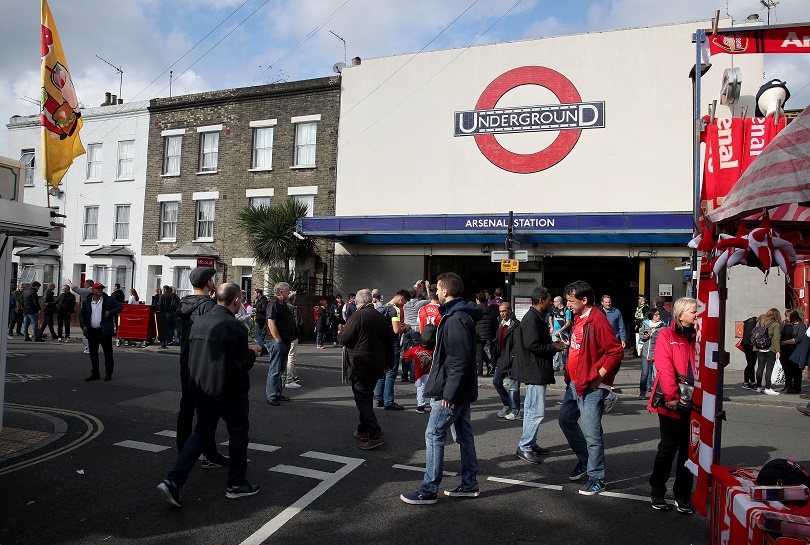
Cooling the crowd
Sports psychologists are loathe to encourage teams to rely on the 12th man for emotional support, to embrace the benefits available via hormonal and chemical changes in the brain as a result of home support from the stands
So what effect does it have on an away team to hear home fans booing their own side?
Sidibe says: “[At Stoke] we’d get in the changing room and say: ‘We’ve done our job’. It can only demoralise the home team and boost the away team. Of course it can be frustrating, but the answer isn’t to boo. When the fans are behind you, you play better.”
Sometimes a home crowd’s negativity is reserved for just one player. Crying nepotism because his father was the assistant manager to uncle Harry Redknapp, Frank Lampard was frequently booed by West Ham supporters during his early Upton Park career.
“When you’re playing away and the punters give you stick, it’s fine – it’s different, it’s what you expect. Not at home,” Lampard wrote in his autobiography. “Shouts of ‘Go sit down with your daddy’ were common. It was becoming an ordeal for me just to be a sub, to the point where I didn’t want to be there.”
It’s for this reason that sports psychologists are loathe to encourage teams to rely on the 12th man for emotional support, to embrace the benefits available via hormonal and chemical changes in the brain as a result of home support from the stands.
“There’s a contradiction here, because this is a complex area that isn’t black or white,” says sports psychologist Bates. “You can’t be dependant on the crowd; sometimes fans sing, sometimes they don’t. Placing that level of emotion and motivation on the crowd is too unpredictable.
“Football is fickle – you can go from hero to villain very quickly. I worked individually with Saido Berahino [at West Brom]. He’s been through problems, but he worked on the things that he could control and has come out the other side. It’s a cliché, but it’s true. He focused on completed passes, linking with his midfielders, shots on goal; not on external factors like the full-time result or crowd engagement.”
Still a factor
Near-definitive proof of the 12th man’s effect on home sides came from Ukraine. From July 2014 to January 2017, easterners Shakhtar Donetsk trained in Kiev and played their ‘home’ games 600 miles west of Donetsk in Lviv because of the occupation by pro-Russian forces in the region. They struggle to attract enough punters to fill half of the 35,000-seat Arena Lviv, and those who do come usually support Shakhtar’s opponents in any case. In January they moved to Kharkiv, still 150 miles away from home, keeping their headquarters in Kiev.
“It’s difficult to play and live without the fans,” Shakhtar’s CEO Sergei Palkin has commented. “That’s our biggest problem.”
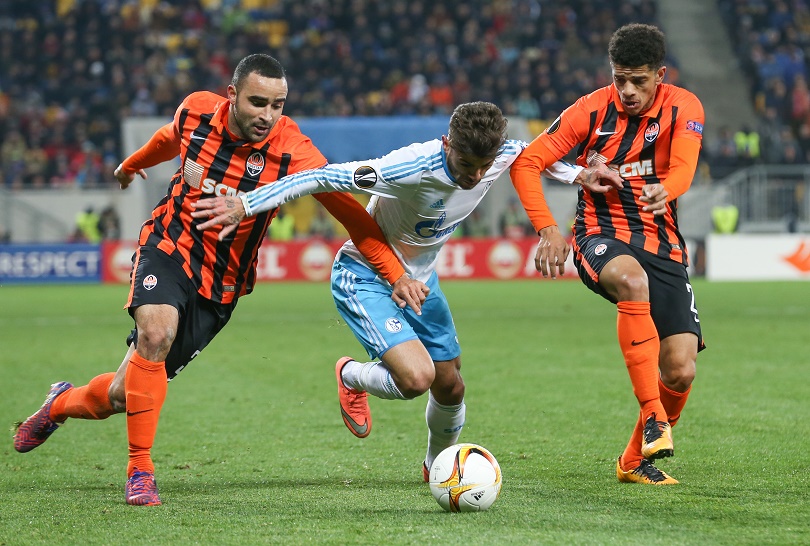
The Miners have finished second to Dynamo Kiev for two seasons running, missing out on the Ukrainian title for the first time since 2008/09. In 2014/15 they dropped nine points at home, having lost just 12 over three seasons before that.
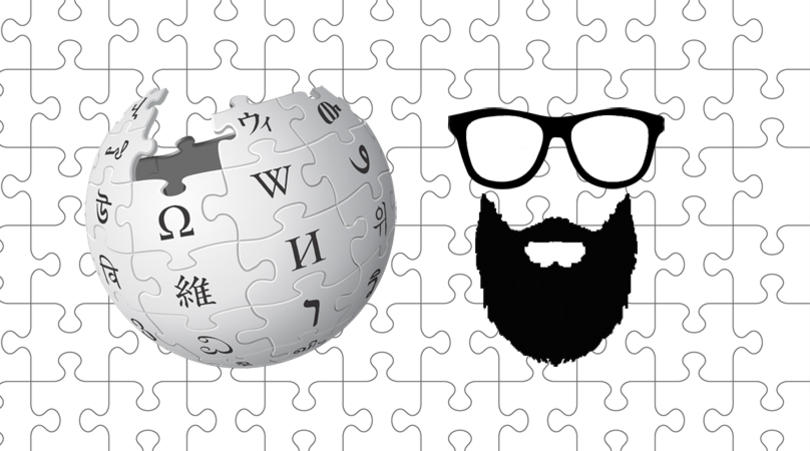
Wiki Geeks: Meet the men keeping football's Wikipedia pages up to date
Losing the dressing room: empty cliché or a real-life phenomenon?
Jamie Carragher is certainly convinced. “Look at Istanbul,” he says of Liverpool’s improbable 2005 Champions League Final comeback against Milan in Turkey. “The stadium was 70 per cent Liverpool supporters and that had an effect on the outcome. They lifted us as the goals went in. Although all I could think about at half-time in that game was: ‘F**king hell, we’ve let them down.’”
It may not be a tangible thing, then, nor a panacea, but the 12th man can help unlock an extra level in performance to take a team or a player to the next level.
“The advantage of playing at home is 90 per cent psychological,” concludes sports psychologist Bates. “But it’s a great way for players to connect with the fans. Then it becomes like an extended family.”
This feature originally appeared in the December 2015 issue of FourFourTwo.Subscribe!
Andrew Murray is a freelance journalist, who regularly contributes to both the FourFourTwo magazine and website. Formerly a senior staff writer at FFT and a fluent Spanish speaker, he has interviewed major names such as Virgil van Dijk, Mohamed Salah, Sergio Aguero and Xavi. He was also named PPA New Consumer Journalist of the Year 2015.
